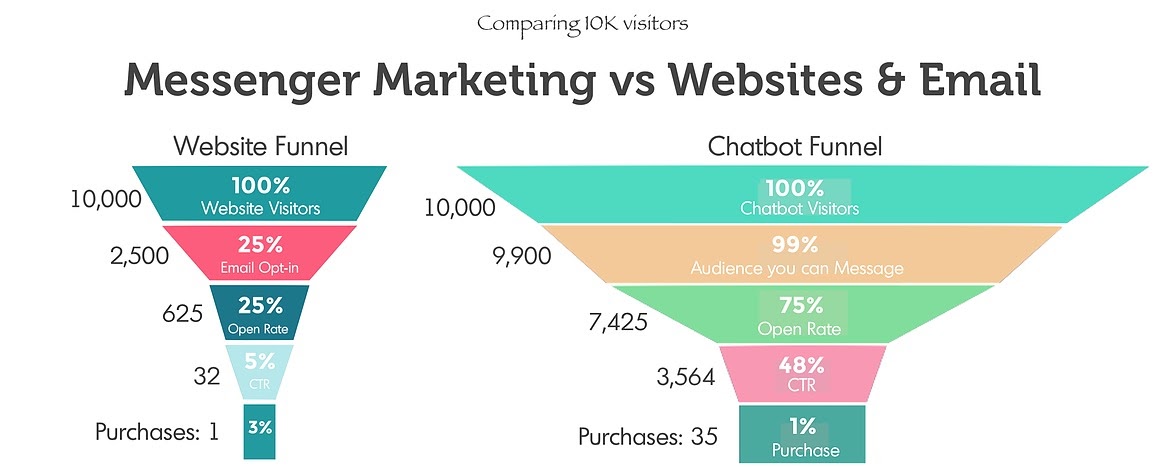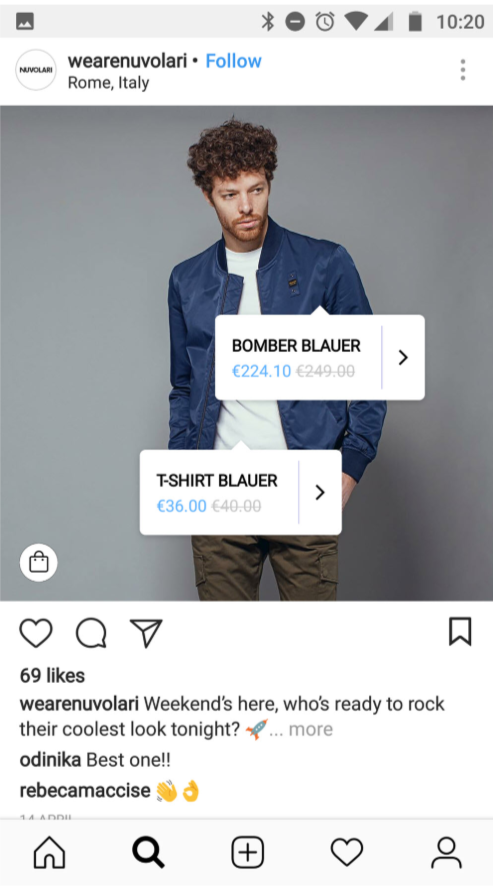Strategy
Informative
Social Commerce: Definition, History, and How it Works
Social Commerce is an ongoing experiment that many companies have already dug into. As a user, have you ever clicked on a social media ad, and when you saw that you’d exited, let’s say, Instagram, abandoned the purchase? Yes, you didn’t want to leave the platform. If you’re an advertiser, this will be the solution for those users who wish to convert but don’t want to stop scrolling. Alongside Shoppable Ads, Social Commerce, for many companies, is now the way forward. In this blog, we will explain how Social Commerce works by answering FAQ, and maybe, you’ll find out whether it’s a fit for your company.



